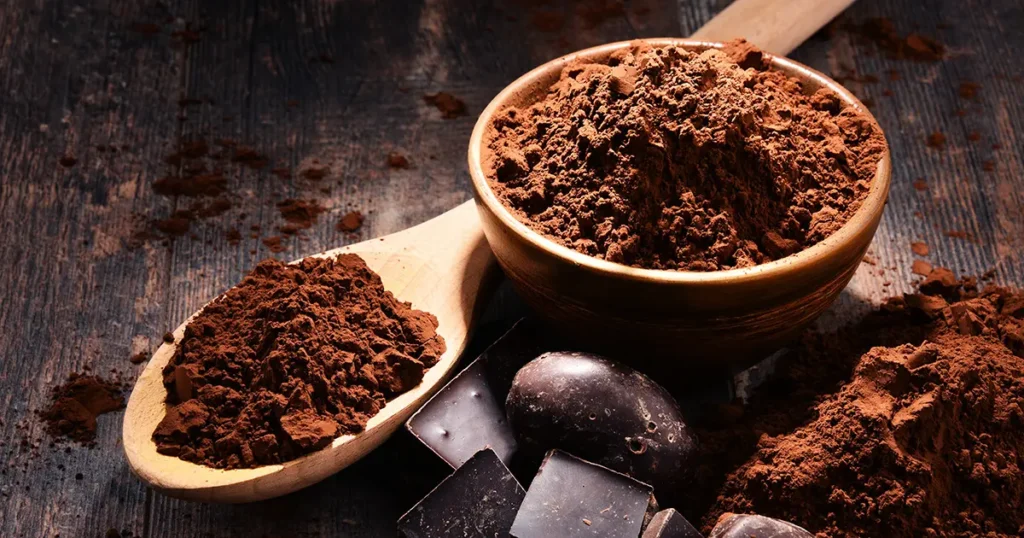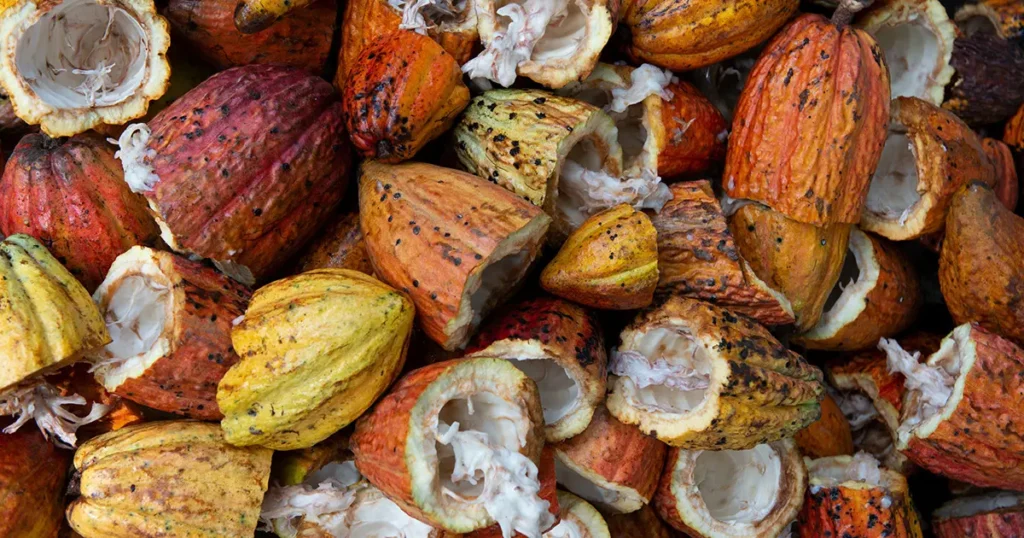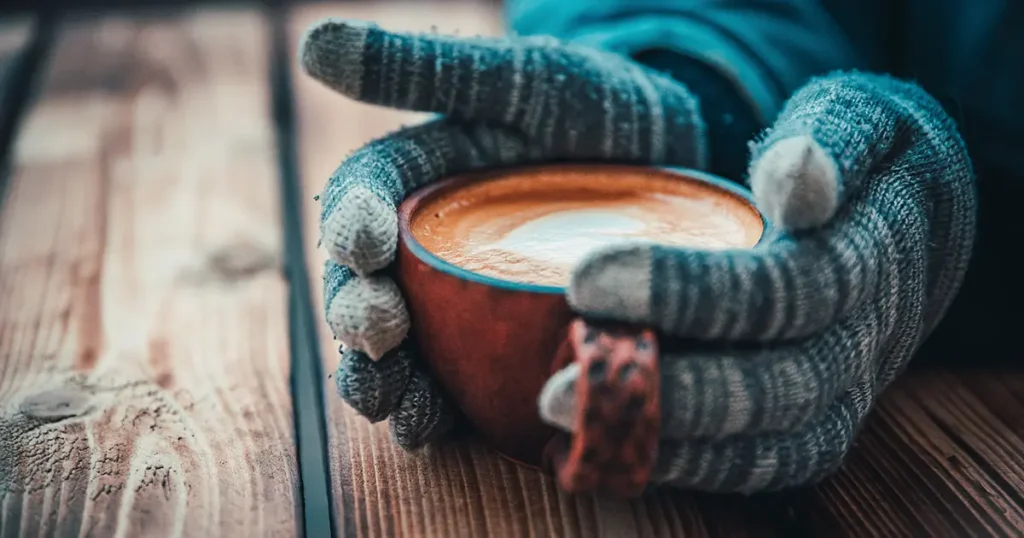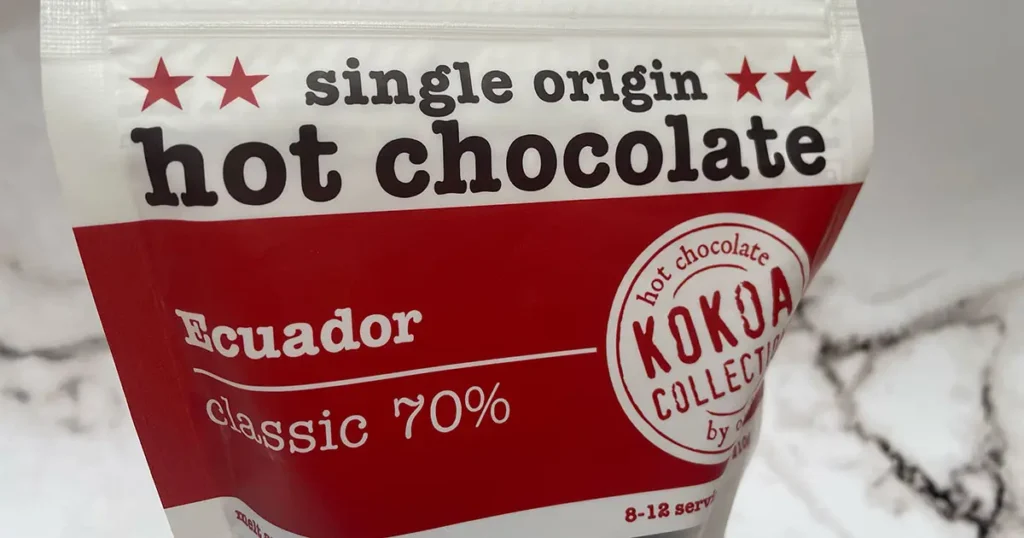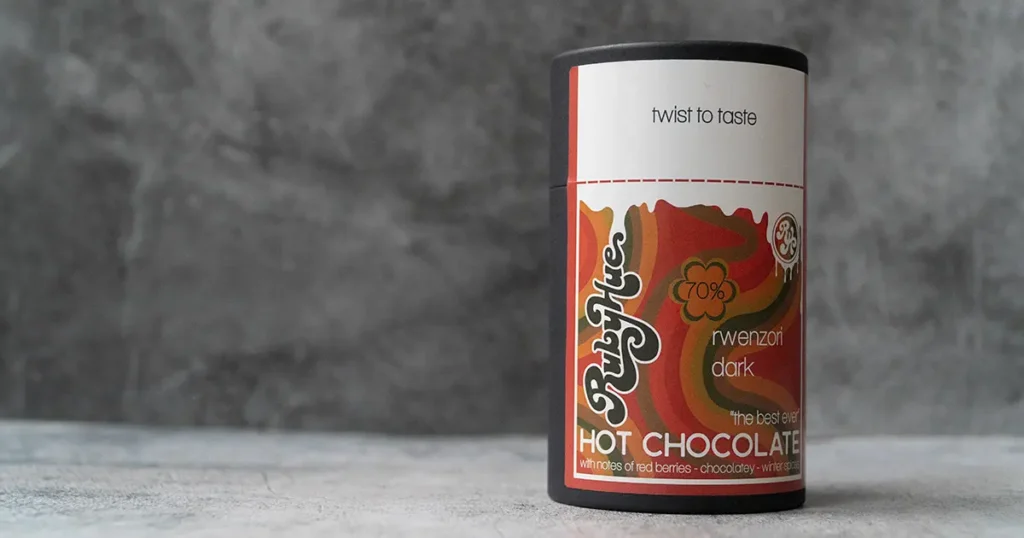Have you ever eagerly anticipated a velvety cup of hot chocolate, only to be met with a lumpy disappointment? You’re not alone. Dive in as we unravel the science behind this cocoa conundrum and reveal the secrets to achieving that perfect, smooth cup every time.
The Hot Chocolate Conundrum
Let me guess, you’ve set the mood on a chilly evening, perhaps in front of a fireplace, ready to savor a cup of creamy, smooth hot chocolate, but alas, you’re greeted with an unappetizing lump-filled concoction. Frustrating, isn’t it?
Understanding the Basics of Hot Chocolate
Before we dive into the reasons why your hot chocolate is lumpy, let’s go back to the basics.
Key Ingredients of Hot Chocolate
A basic hot chocolate requires only a few ingredients – cocoa powder, sugar, milk, and maybe a pinch of salt or a dash of vanilla for extra flavor. Sounds simple, right? Yet, a perfect cup can elude even the most diligent of us.
The Science Behind the Mixing Process
The tricky part is the marriage of cocoa powder and milk. Cocoa powder, being water-insoluble, doesn’t mix well with liquids. It’s where the art and science of hot chocolate making truly begins.
Common Causes of Lumpy Hot Chocolate
So, what transforms a simple recipe into a lumpy mess?
Incorrect Temperature
Heat plays a vital role in the preparation of hot chocolate. Too high, and the cocoa powder can clump together; too low, and it might not dissolve properly.
Incorrect Mixing Techniques
The way you mix your ingredients also affects the outcome. Do you dump everything in at once, or add ingredients gradually?
Quality and Type of Ingredients
Not all cocoa powders are created equal. Differences in processing and quality can impact your hot chocolate’s consistency. Similarly, the type of milk you use can affect the texture.
Solutions to the Lumpy Hot Chocolate Problem
Now, the moment of truth. How can you avoid lumpy hot chocolate?
Perfecting the Temperature
The key is to heat your milk just right – warm enough to dissolve the cocoa, but not boiling. Around 150°F (65°C) works great.
Mastering the Mixing Technique
Instead of dumping all the cocoa powder into the milk, try making a smooth paste with the cocoa and a little bit of hot milk first. Then, gradually add the rest of the milk while stirring continuously.
Choosing the Right Ingredients
Opt for high-quality cocoa powder. It may be a bit pricier, but it’s worth it for a smooth, decadent hot chocolate. Also, whole milk gives a creamier texture than skimmed or plant-based milk.
Additional Tips for a Smoother Hot Chocolate Experience
Adding a bit of cornstarch or using hot chocolate mix with added emulsifiers can also help you achieve that silky-smooth texture. Remember, practice makes perfect. So, don’t be disheartened if you don’t nail it in the first attempt.
Conclusion: The Art of Hot Chocolate Making
The path to a perfect, lump-free hot chocolate lies in understanding its science and mastering the techniques. So next time the craving hits, remember these tips, and you’re sure to enjoy a smoother, creamier, more delightful hot chocolate experience.
Lumpy Hot Chocolate FAQs
Why is my hot chocolate grainy?
This can occur if the cocoa powder isn’t dissolved properly. Making a paste with the cocoa and a bit of hot milk before adding the rest of the milk can help prevent this.
Can I reheat my hot chocolate if it’s lumpy?
Yes, reheating on low heat while stirring continuously can help break down the lumps.
Does the type of sweetener affect the texture?
Yes, using a liquid sweetener like honey or syrup can help achieve a smoother texture as they mix better with the cocoa.
What’s the difference between hot chocolate and hot cocoa?
Hot chocolate is made from chocolate bars melted into cream, while hot cocoa is made from cocoa powder mixed with hot milk or water.
Can I make hot chocolate with water?
Yes, but it will not be as creamy as if made with milk. You may also struggle more with lumps due to cocoa’s insolubility in water.


